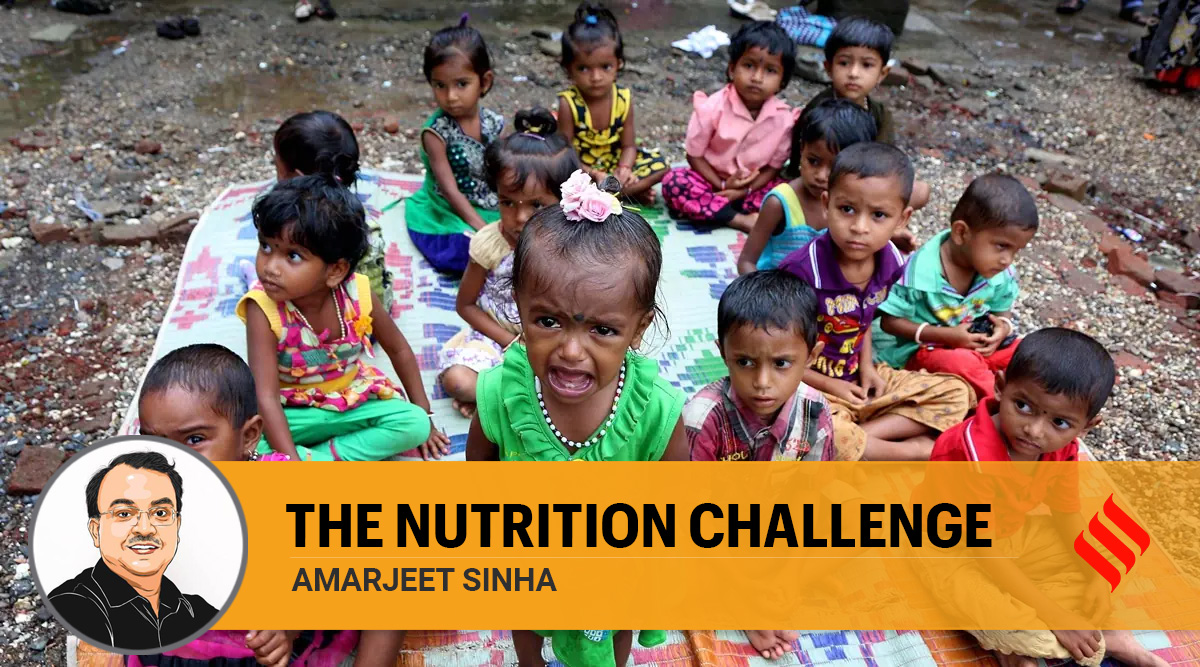The Registrar General of India has confirmed that India’s maternal mortality ratio was 97 during 2018-2020. During 2001-03, it was 301. The infant mortality rate was 58 in 2005. In 2021 it was 27. While we have reasons to be less unhappy, we still have a long way to go. However, the rate of decline has gained momentum after 2005.
The National Rural Health Mission (NRHM) was launched in 2005 to provide accessible and affordable health care through a public primary health care system. And provide secondary and tertiary care services in public systems together with the private capacity to guarantee good quality services at effective rates. Unfortunately, the allocations for NRHM did not keep pace. But it seems to have had a positive impact on many indicators. Health facilities began to look better with untied funds, doctors, medicines, and diagnostics became a reality, institutional deliveries skyrocketed, ANM (Auxiliary Nurse Midwife) and nurse vacancies began to fill up, and the community ASHA worker it began to put pressure on public systems to perform. by taking patients there.
What explains these gains?
First, NRHM had a clear drive to build credible public systems in primary health. Community connection, human resource capacity mattered, and flexible financial resources were available at all levels. Second, the partnership of central, state and local government with civil society, with the full participation of frontline workers, was a boost. Planning had to start at the bottom. Community monitoring was led by civil society. Third, the approach was pragmatic, envisioning a variety of state-specific interventions. The decentralized planning process, where states drew up their annual plans on the basis of district health action plans, became the norm.
Fourth, institutional development was facilitated in working with panchayats and Rogi Kalyan Samitis or facility-specific hospital management committees. Civil society participated in community action through the Population Foundation of India. Professionals were incorporated to improve processes. More than 60% of the funds were to be spent at the district level and unconditional grants were made available for all levels of the health institution.
Unfortunately, nutrition has not seen this type of initiative. The fifth National Family Health Survey 2019-21 reports that 35.5% of children under 5 years of age are stunted, 19.3% wasted, and 32.1% are underweight. These are unacceptable levels. The Poshan Abhiyan, although innovative, is still not addressing the challenge of decentralized institutional public action.
Unfortunately, in our initiatives for nutrition, we have remained compartmentalized and fragmented. The ICDS is seen as a nutrition initiative, but the institutional role of local panchayats and communities with untied financial resources still lags behind. Nutrition does not lend itself to narrow departmentalism and such broader non-institutional alliances are doomed to fail.
The multidimensionality of malnutrition makes it imperative that the ICDS be renewed to converge with health, education, water, sanitation and food security at all levels, under the umbrella of local government. Given the varying conditions, it is important to allow for need-based and context-specific prioritization in each Anganwadi hub by allowing flexibility through decentralized local action, made possible by responsible decentralized funding.
The 12 reorganizing principles for nutrition success should be as follows: (i) Let the gram panchayat, gram sabha, livelihood mission women’s collectives and other community organizations be responsible for education, health , nutrition, skills and diversified livelihoods; (ii) panchayat-led committees of the broader departments concerned are also needed at the level of district and block zila parishes; (iii) operationalize the village-specific planning process with decentralized financial resources; (iv) allow simultaneous interventions for all the broader determinants of nutrition; (v) assess additional caregivers with capacity building to ensure home visits and the intensity of follow-up necessary for nutrition outcomes; (vi) encourage diversity of local foods, including millet, served hot; (vii) guarantee the availability of medicines and basic equipment for health care and growth control in each village; (viii) intensify communication for behavior change; (ix) institutionalize monthly health days in each Anganwadi center with community connection and parent involvement; (x) create a platform for adolescent girls in each village for empowerment and diversification of livelihoods through skills; (xi) decentralized district plans based on village plans should be the basis of interventions to ensure that anganwadis do not face deficits such as untied buildings or resources; and (xii) move towards a rights-based “leave no one behind” approach to ensure universal coverage for all needs for girls under six, adolescents and pregnant women.
The malnutrition challenge can be effectively addressed in a short period if the momentum is right. The recently published NFHS-V highlights the unfinished agenda and slow rate of decline in malnutrition. Nutrition as a topic does not lend itself to narrow departmentalism. It demands a whole-of-government and whole-of-society approach. Technology can be, at best, a medium and monitoring must also become local. Panchayats and community organizations are the best way to go. But the nutrition challenge is also a challenge for women’s empowerment. It requires behavior change in favor of exclusive breastfeeding, natural foods instead of junk food, and clean water and sanitation.
We must never abandon efforts to create a credible public health system. Let’s start to rework our nutrition initiative, learning from the hits and misses.
The writer was at the IAS. views are personal
!function(f,b,e,v,n,t,s)
{if(f.fbq)return;n=f.fbq=function(){n.callMethod?
n.callMethod.apply(n,arguments):n.queue.push(arguments)};
if(!f._fbq)f._fbq=n;n.push=n;n.loaded=!0;n.version=’2.0′;
n.queue=[];t=b.createElement(e);t.async=!0;
t.src=v;s=b.getElementsByTagName(e)[0];
s.parentNode.insertBefore(t,s)}(window, document,’script’,
‘https://connect.facebook.net/en_US/fbevents.js’);
fbq(‘init’, ‘444470064056909’);
fbq(‘track’, ‘PageView’);
.
